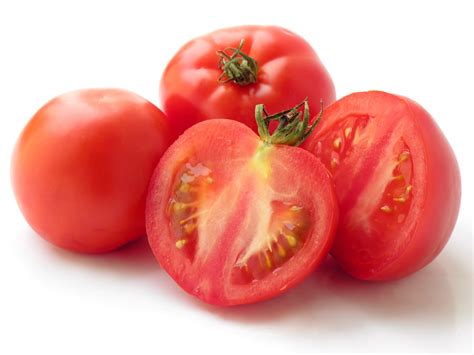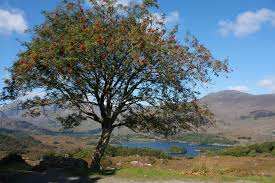
Tomatoes were an important ingredient in some potions that would turn someone into a werewolf.
Everyone knows about the connections between werewolf bites, wolfbane, silver bullets, and the full moon. “Thank you, Hollywood!” But the real connections between werewolves, tomatoes, and other legends is actually more interesting although less well known.
The most famous werewolf story in Norse mythology–but almost unknown anywhere else–is the story of father and son, Sigmund and Sinfjotli. Wandering in the woods, Norse heroes Sigmund and Sinfjotli come upon a hut where they find two spellbound wolf pelts. Sigmund and Sinfjotli put on the pelts and then discovered that the pelts could only be removed every 10th day and therefore wander in forest as wolves.
Sinfjotli & Sigmund agree to fight together if attacked by more than 7 men but Sinfjotli the son kills 11 men at one time. Sigmund fatally injures his son. But a raven, the messenger of Odin, brings a healing leaf to place on Sinfjotli’s wound. (Some versions of the story say that a pair of weasels bring the healing leaf.)
Sinfjotli is healed, he and his father take off the wolf pelts as the 10th day comes and burn the pelts to free themselves.
It is not a surprise to meet a raven, associated with Odin and death, around werewolves. Weasels, generally thought sneaks and thieves, are also considered extremely talented physicians in traditional tales. Using a magic wolf pelt to become a werewolf is also common in folklore. But the stipulation that the pelt can only be removed 10 days after it is put on is unusual. Perhaps the ten days, which is approximately 1/3 of a lunar month, is a Norse version of the connection between werewolves and the moon.

